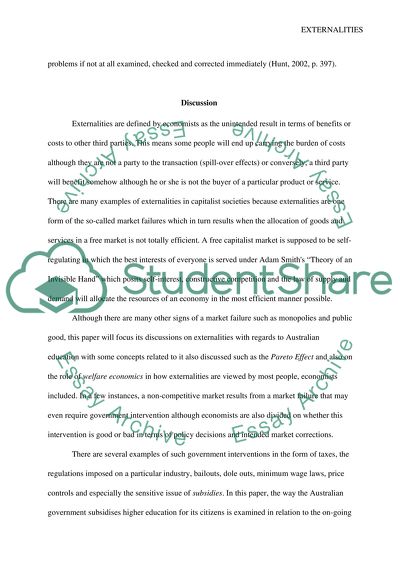Cite this document
(Econ Assessment Report Example | Topics and Well Written Essays - 1750 words, n.d.)
Econ Assessment Report Example | Topics and Well Written Essays - 1750 words. https://studentshare.org/macro-microeconomics/1573716-report
Econ Assessment Report Example | Topics and Well Written Essays - 1750 words. https://studentshare.org/macro-microeconomics/1573716-report
(Econ Assessment Report Example | Topics and Well Written Essays - 1750 Words)
Econ Assessment Report Example | Topics and Well Written Essays - 1750 Words. https://studentshare.org/macro-microeconomics/1573716-report.
Econ Assessment Report Example | Topics and Well Written Essays - 1750 Words. https://studentshare.org/macro-microeconomics/1573716-report.
“Econ Assessment Report Example | Topics and Well Written Essays - 1750 Words”. https://studentshare.org/macro-microeconomics/1573716-report.


